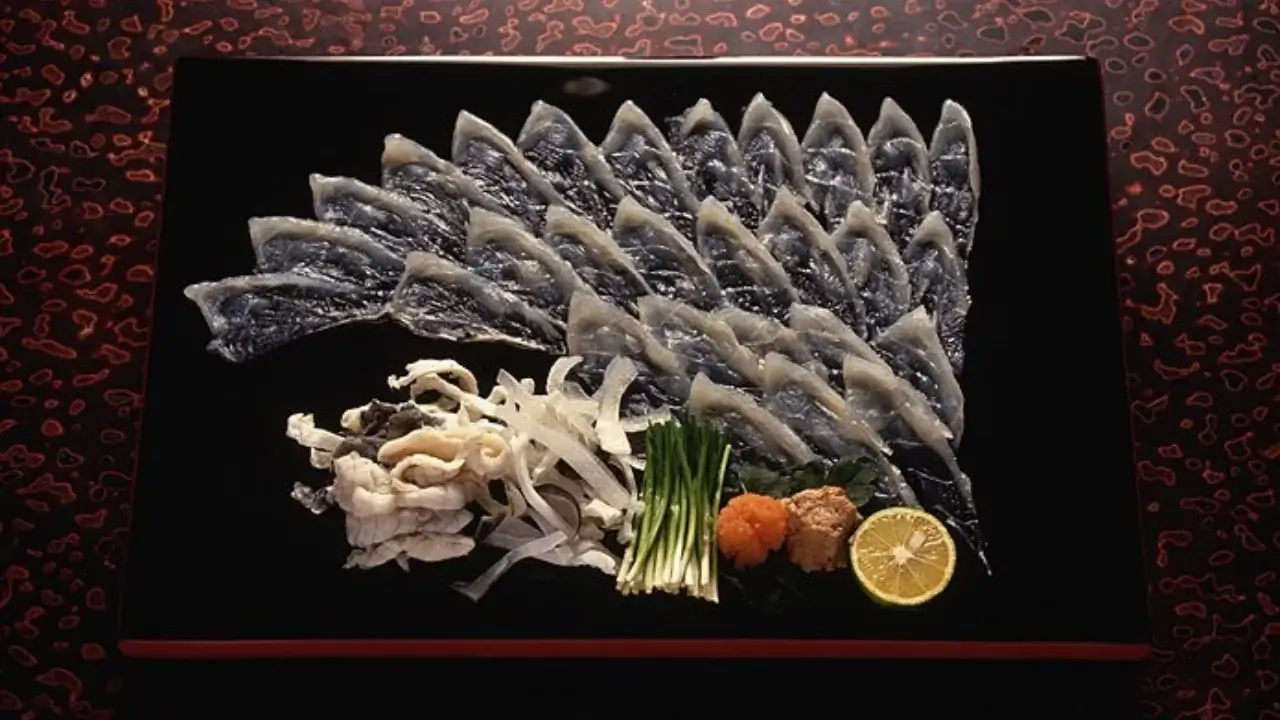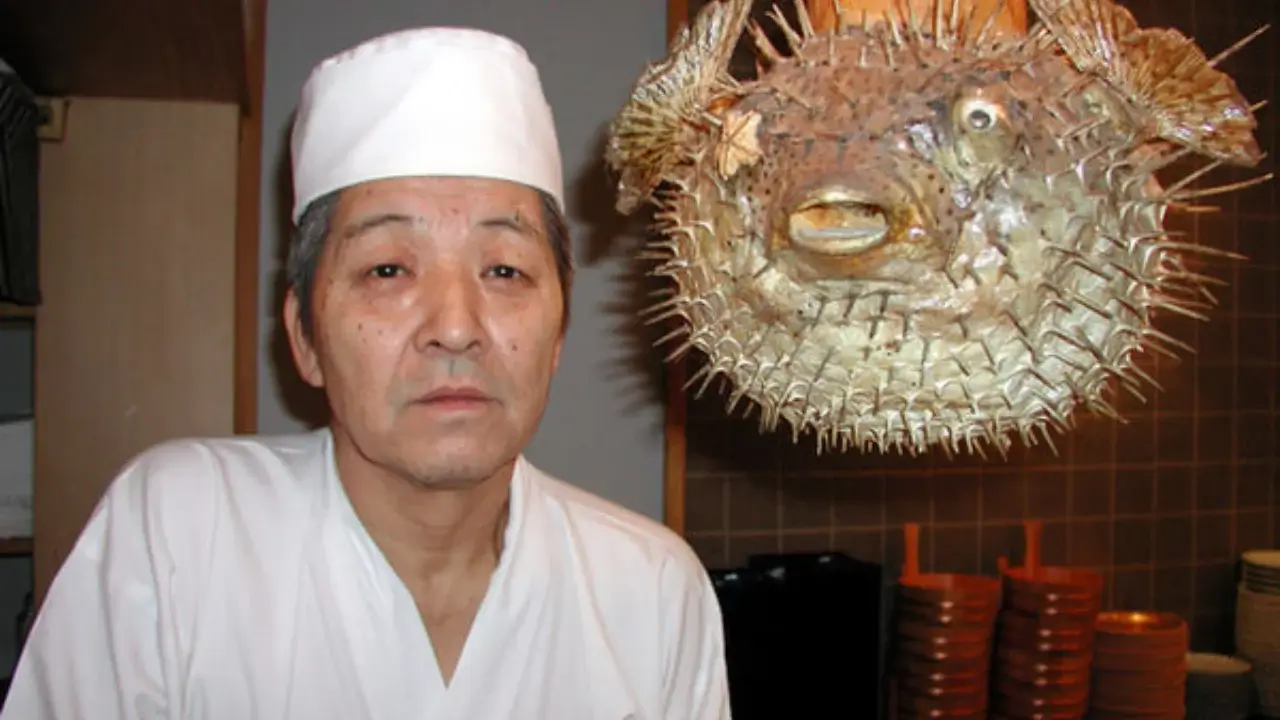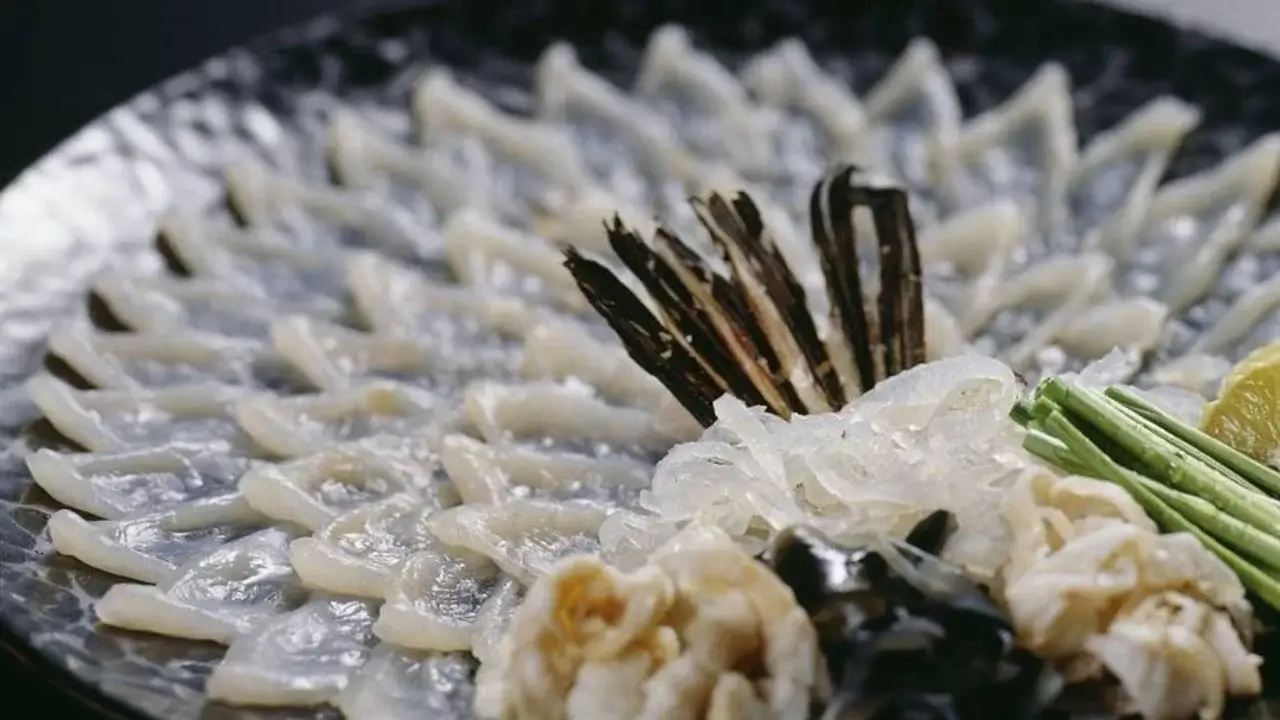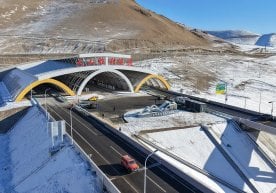
Have you heard about the famous dish known as “fugu” in Japanese cuisine? Archaeological findings show that ancient people living on the Japanese islands consumed this fish long before the common era and knew well the secrets of preparing it. Fugu still captivates not only chefs but also food enthusiasts worldwide.
Fugu fish scientifically belong to the “pufferfish” family. They mostly inhabit tropical regions — for example, the Pacific Ocean area, the Red Sea, and even major rivers like the Amazon. According to scientists, there are about one hundred species of fugu in nature. This small, palm-sized fish has sharp spines of various lengths on its skin. When threatened, it inflates like a ball, and its body can grow up to three times in size.
However, its dangerous aspect surprises many. The internal organs of fugu — liver, eggs, gallbladder, and even its skin contain highly lethal tetrodotoxin for humans. The liver is the part where the most poison accumulates and its use is strictly prohibited. The remaining parts are prepared only by highly experienced chefs with great care and courage. Otherwise, paralysis of muscles and cessation of breathing can occur. Scientists say this poison is about 1200 times more dangerous than potassium cyanide. The lethal dose causing death is just one-thousandth of a gram. The poison in one fish alone can be enough to kill forty people.

Also, studies have found that fugu does not produce the poison itself but accumulates it through the food it consumes. Therefore, even small children have learned to be cautious of this fish.
Here arises the question: why do Japanese people still prepare this dish and risk lives? The answer is clear: fugu’s taste is uniquely distinct from any other food. The Japanese say: “He who eats fugu is a fool, but he who does not is also a fool.” Its fans emphasize that the fish’s meat is very tender, smooth, and beyond description. It is so famous that a statue is erected in its honor in Tokyo, and a special shrine has been built near Osaka.
But the most frightening aspect is — mistakes. Because one wrong move turns the dish into real poison. Every year in Japan, dozens of people die from fugu poisoning. According to statistics, these cases mostly occur due to homemade fugu. However, licensed chefs have also been recorded making mistakes. One of the most famous incidents happened in 1975: the legendary actor Mitsugoro Bando died after eating fugu liver.
Between 2004 and 2007, 15 people died in Japan because of fugu, and over 100 were hospitalized. In 2009, seven customers at a restaurant near Tokyo simultaneously suffered from poisoning. After that, strict laws were introduced in the country: since 1958, only chefs with special preparation and proven practical skills are allowed to prepare fugu. To obtain a license, they must apprentice for two years, pass tests, and consume the food they prepare themselves.

As for prices, this dish is not cheap. Each serving costs between $100 and $500. One of the most popular dishes is “fugusashi,” sashimi made from raw fish. It is served in a large bowl arranged like flower petals and consumed with vinegar sauce, radish, and pepper.
Extreme food lovers describe fugu’s taste as reminiscent of Japanese silk painting: unique, delicate, and smooth. Japanese pottery master Kitaoji Rosanin said in his works: “The taste of this fish is incomparable. Once you eat it several times, you cannot give it up. Whoever refuses this dish out of fear misses the true flavor.”
Interestingly, scientists have discovered a method of breeding non-toxic fugu under special conditions. If the fish grow away from dangerous mollusks and starfish, they become non-poisonous. However, Japanese enthusiasts show no interest in this option. Because in their opinion, non-poisonous fugu is no different from an ordinary fish.
That is why fugu remains in history as one of the most delicate and most dangerous delicacies of Japanese cuisine.
Read “Zamin” on Telegram!Users of Меҳмон are not allowed to comment this publication.





















